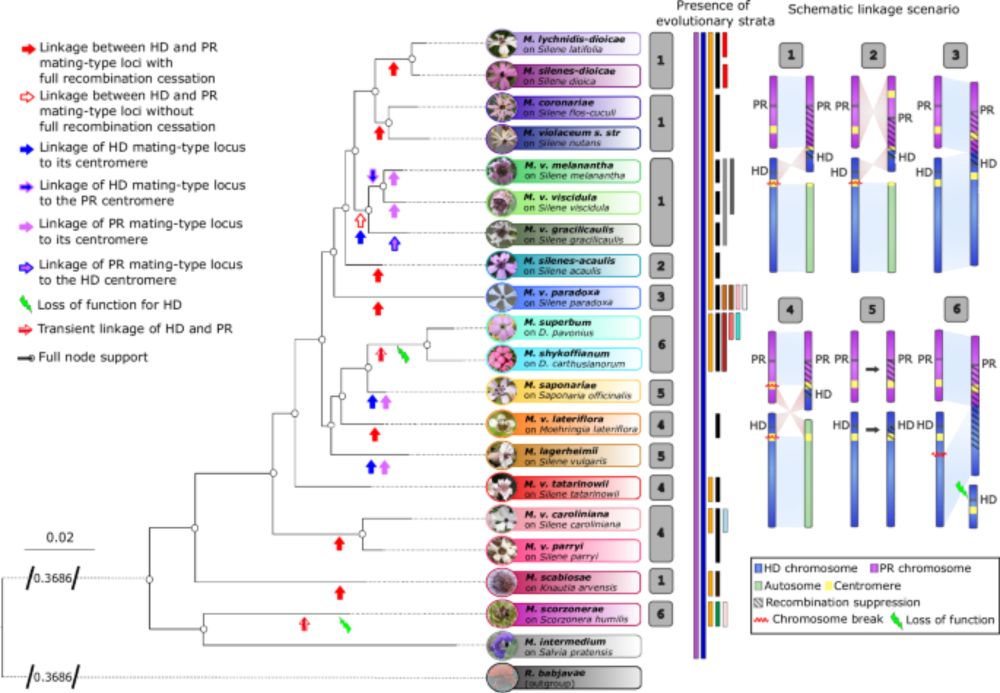Currently postdoc-ing on self-incompatibility in Brassicacae, in Lille.
Past loves: Wolbachia in mosquitoes, fungi.
🌈🇵🇸
I think it's a cool study, give it a try 😌
Includes: wPip cid repertoires from all around the world (Nanopore seq. of PCR products), crosses, stability + toxicity tests in cell lines.

I think it's a cool study, give it a try 😌
Includes: wPip cid repertoires from all around the world (Nanopore seq. of PCR products), crosses, stability + toxicity tests in cell lines.
go.nature.com/4mOb5T9

go.nature.com/4mOb5T9
We observed a loss of function in mating compatibility for HD genes for the first time in basidiomycete fungi, and new evolutionary strata in the absence of sexually antagonistic selection!
@tatianagiraud.bsky.social
More details here 👉 www.nature.com/articles/s41...

We observed a loss of function in mating compatibility for HD genes for the first time in basidiomycete fungi, and new evolutionary strata in the absence of sexually antagonistic selection!
@tatianagiraud.bsky.social
More details here 👉 www.nature.com/articles/s41...

